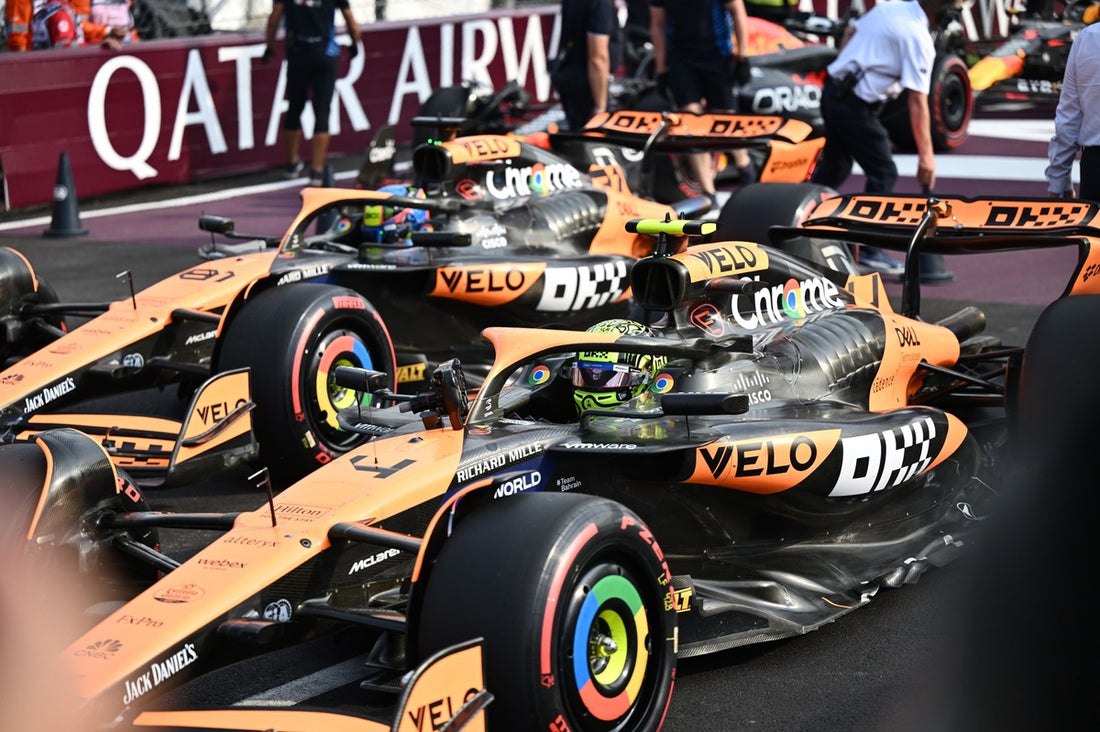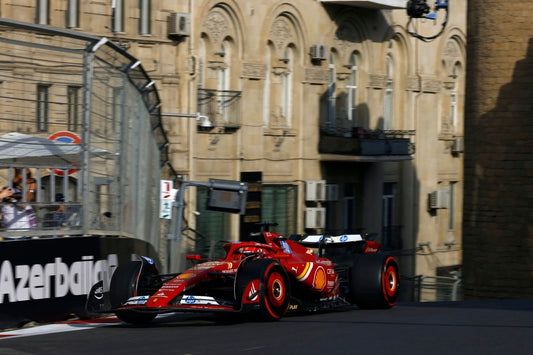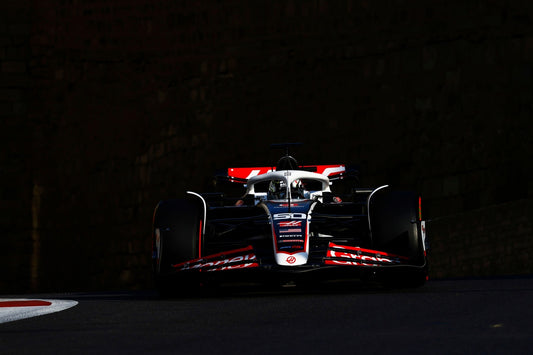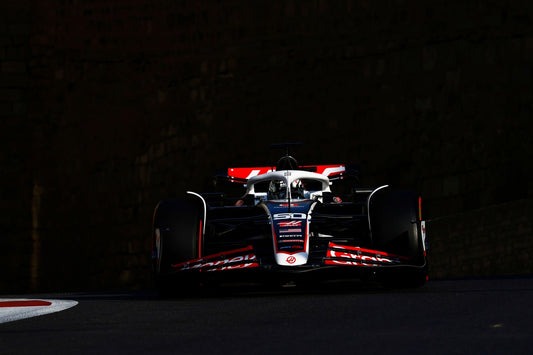McLaren Sidesteps Common Floor Issues Plaguing F1 Rivals
Manish
McLaren's impressive performance at the Dutch Grand Prix following the 2024 Formula 1 summer break has raised eyebrows in the paddock. While the team introduced a significant car upgrade package, the story behind their success is more nuanced than it may appear at first glance.
The Unconventional Upgrade Approach
Unlike their previous major update in Miami, which saw extensive modifications to the MCL38, McLaren's latest package at Zandvoort focused on various components such as brakes, suspension, wings, and floor edges. Notably, the team chose not to make comprehensive alterations to the car's floor, which is typically a key area for enhancing downforce in the current ground-effect era.
The Wind Tunnel Advantage
McLaren has been utilizing its new wind tunnel to work on floor development, giving them an edge over teams still relying on older facilities. However, the team has been cautious about implementing these changes, as team principal Andrea Stella explained at Monza, citing potential risks in translating wind tunnel data to real-world performance.
Learning from Rivals' Missteps
McLaren's approach has been influenced by observing the challenges faced by their competitors. Teams like Ferrari, Aston Martin, and Mercedes have all encountered issues with their floor upgrades, ranging from car bouncing to overall performance drops. Even Red Bull, the dominant force in F1, has struggled with floor development on their RB20.
The Benefits of Stability
By holding back on further floor development until they are confident in its effectiveness, McLaren has benefited from the stability of their current package. This strategy has allowed them to avoid the setbacks experienced by other teams while potentially positioning themselves for even greater gains when they do introduce their floor upgrades.
Navigating Cost Cap Restrictions
The decision to delay floor upgrades is also influenced by the sport's cost cap restrictions. Teams must ensure that new upgrades work immediately, as there are limited resources available to correct mistakes. This makes McLaren's cautious approach even more significant in the context of the current F1 landscape.
Team Unity and Leadership
The success of this strategy is a testament to Andrea Stella's leadership and vision. It has required convincing the entire team, from CEO Zak Brown to the drivers and design team, of the benefits of this approach. The team's current success also highlights the contributions of new chief designer Rob Marshall and the talents of existing staff members.
Challenges Ahead
Despite their recent success, McLaren faces ongoing challenges, including team order controversies and the upcoming test of their aerodynamic efficiency at the Baku layout. However, their resolute approach to floor upgrades demonstrates the potential rewards of unity and strategic patience in Formula 1 development.




